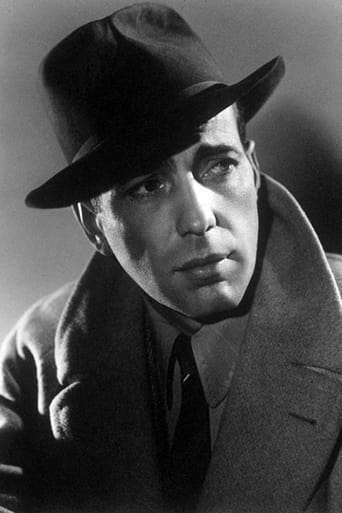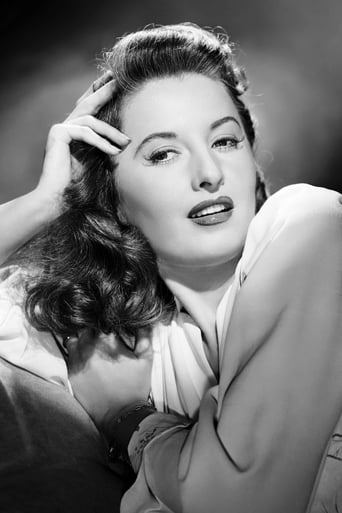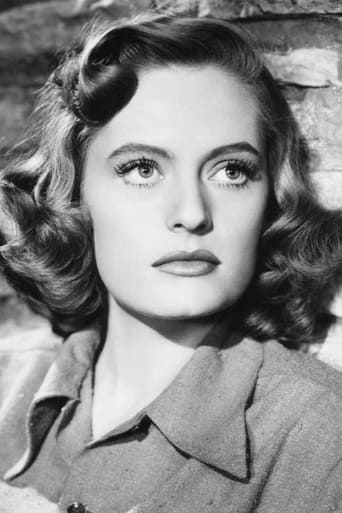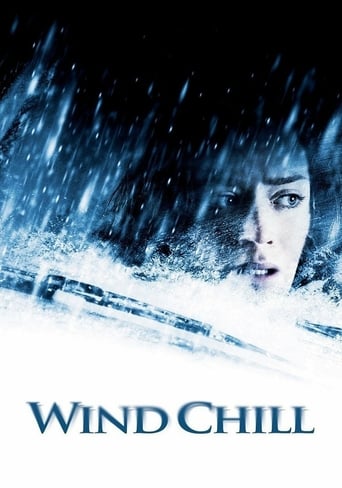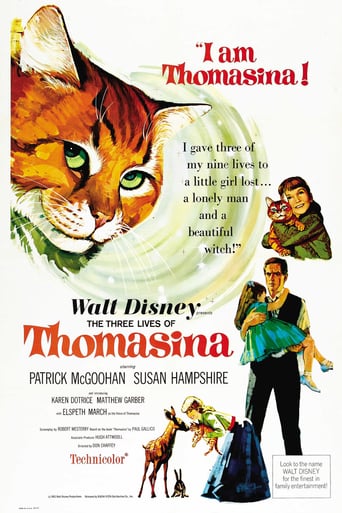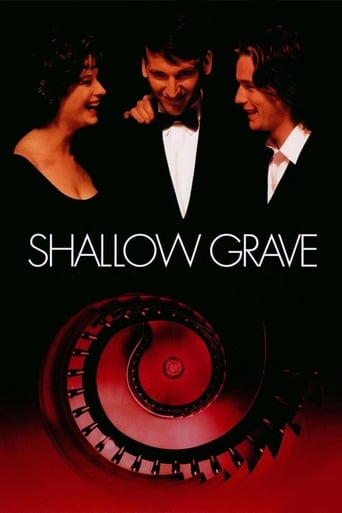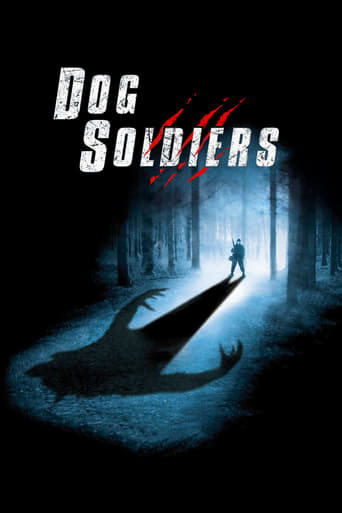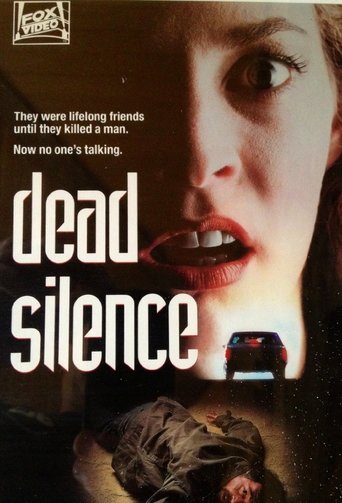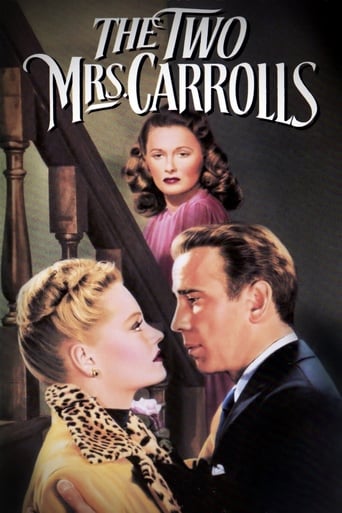
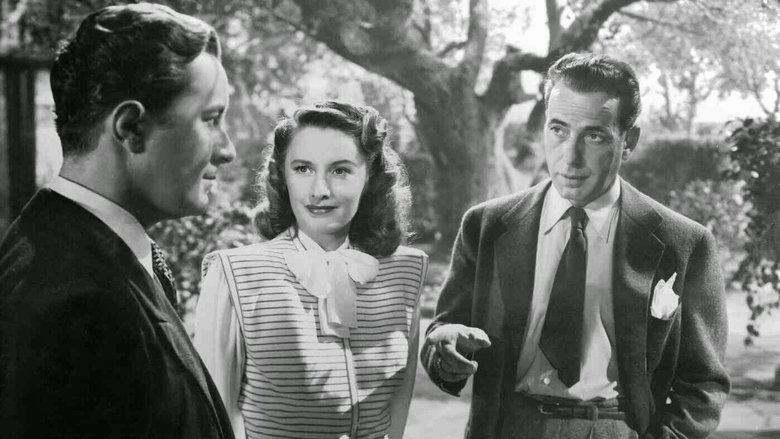
The Two Mrs. Carrolls (1947)
Struggling artist Geoffrey Carroll meets Sally while on holiday in the country. A romance develops, but he doesn't tell her he's already married. Suffering from mental illness, Geoffrey returns home where he paints an impression of his wife as the angel of death and then promptly poisons her. He marries Sally but after a while he finds a strange urge to paint her as the angel of death too and history seems about to repeat itself.
Watch Trailer
Cast
Similar titles
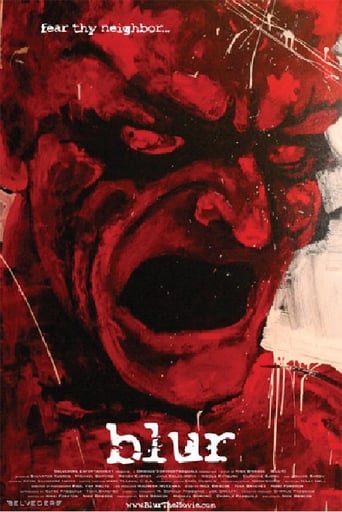

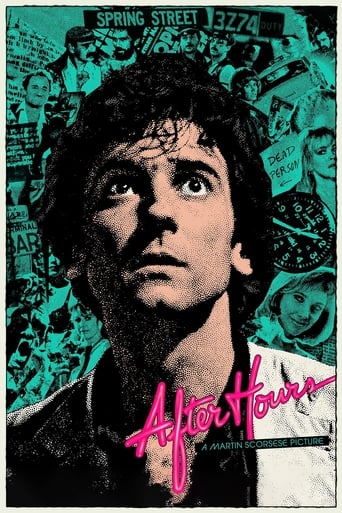
Reviews
Simply Perfect
Fantastic!
A lot more amusing than I thought it would be.
The thing I enjoyed most about the film is the fact that it doesn't shy away from being a super-sized-cliche;
Two ways to look at this film, the performers and the script. Warner Brothers made the film in 1945, and waited 2 years to release it. There are reasons for that including Bogart being cast as an mentally ill artist is not the normal role for him. While he does get a tough guy type of murder he does late in the movie, in this one he plays an artist who is not a smart as his usual self. Barbara Stanwyck is Sally, Geoffrey's (Bogies) second wife. He poisons his first wife with spiked warm milk and she never appears in the film. Ann Carter plays her young daughter Beatrice, who is rather precious and a bit of too grown up acting for a 9 year old (her age) when this was filmed. She is sort of detached, yet attached to her father (Bogie) and seems to show no emotion when her mom dies, which is kind of creepy. Her scenes with Bogart are strange as it is rare for him to do scenes with a juvenile. Bogart has painted a portrait of the first wife, as an angel of death, who he killed after meeting Sally. His inspiration is apparently his plan to murder her. So logically he is working on a painting of Sally. He meets Cecily (Alexis Smith) and starts an affair with her. Amazingly Sally suspects the affair but since he is starting the process of poisoning her, she is a bit helpless to do anything about it.Barry Bernard plays Horace, a chemist who is providing the poison being used for the murder. Then as he puts 2 and 2 together, he starts blackmailing the artist who is not starving and his wife Sally is loaded so he has money, hers.From here, there is suspense, as we are left wondering if Sally is going to stop her own impending murder. Beatrice (the daughter) becomes the most valuable source of information for Sally as she get to see her portrait and learns he is next.It's not top Bogart but the ladies in this have some claws. At the end, when the law catches up, they are offered a glass of warm milk. That is why this one is a bit warm but worth a look anyhow.
Humphrey Boart plays Jeffrey Carroll--a painter whose wife died. He meets lovely Sally (Barbara Stanwyck) and falls in love. They get married but then she gets suspicions that he may have poisoned his first wife to marry her. This grows when he becomes attracted to Cecily (Alexis Smith). It all leads to a finale on a dark and stormy night.First the good things about this. The script is not bad--there are plenty of cute lines. Stanwyck is wonderful in her role. The movie LOOKS beautiful and Smith is lovely. However Bogart is seriously miscast in this. Even worse he knows it and the panic in his face is uncomfortable to watch. The movie moves slowly too. And the finale is WAY over the top to a ridiculous degree. It was unintentionally hilarious! I actually broke out laughing at the overdone melodramatics that were on screen. This was shot in 1945 but held back from release (for good reason) for two years. This was a serious misstep for Stanwyck and Bogart but it didn't affect their careers too much. Almost worth seeing for the hilarious ending. Almost.
When it was released in 1947, one reviewer called 'The Two Mrs. Carrolls', a "dreadful adaptation of a derivative stage play." In part, that pretty much sums it up. It did very poorly at the box office despite starring Humphrey Bogart, who was totally miscast as an artist bent on doing in successive wives, a la Bluebeard. There were also hints of 'The Picture of Dorian Gray', when he paints portraits of both wives as an 'Angel of Death' , before poisoning the first and almost poisoning a second. There is very little mystery here because it's established at the get go that Bogart as Geoffrey Carroll, the psychopathic artist, has already murdered his first wife and plans to do in his second, Sally, played rather perfunctorily by Barbara Stanwyck. The only thing we're waiting for is how Geoffrey intends to bump off Sally and how she manages to avoid becoming his victim. The biggest problem with the script is that Geoffrey is such an unsavory character and has no charm. Good thrillers have murderers with a human face. Here, perhaps because of when the original source material was written (as a play in 1935), often the bad guy intentionally is drawn as thoroughly detestable. Fortunately, in the 1930s, certain talented novelists began to buck that trend (such as Raymond Chandler and James M. Cain) and by the 40s, some superior noirs were produced ('Double Indemnity' for example, which featured the charming killer, Walter Neff, played by Fred MacMurray). Here, Bogart has little to do, except act surly through most of the narrative. A savvy killer will make ordinary folk feel comfortable, so they're unable to suspect he's up to no good. But good old Geoffrey can hardly contain his contempt when he's introduced to Sally's ex, 'Penny' and his friends, the Lathams, at the luncheon gathering. One just wonders what Geoffrey's 'problem' is overall. Is he a creepy misogynist or simply someone who is desperate to maintain his 'lap of luxury' lifestyle at any cost? One thing is for sure: he doesn't know how to handle himself very well, when dealing with blackmailers. How is it that control freak Geoffrey is unable to keep the weak chemist, Blagdon, in check? And then Mr. Carroll has to resort to murdering him, when I'm sure there's a whole paper trail, linking the mad artist, to the purchases of all that poison he's been pouring into his dear wife Sally's milk! Alexis Smith who plays the cold, steely Cecily, probably gives the best performance in the film. But what exactly does she see in the mega- creepy Geoffrey, that she wants to go to bed with him? (of course we never see that--but it's implied!). As for Sally--when she learns definitively that Geoffrey intends to do her in, after seeing her own 'Angel of Death' portrait, why does she dither around so much, that it gives Geoffrey time to get back home? It appears we're asked to accept the idea that Mrs. Carroll is so devastated by her husband's betrayal, that she becomes despondent and paralyzed, that she can't bring herself to get out of that house right away! During most of the film, Stanwyck plays Sally has a bland, goody two- shoes, who merely shows up as Bogie's proverbial punching back. More enigmatic is the child actress, Ann Carter, who is eerily good as the precocious daughter. Has she been corrupted by her demented father? In the end, I believe she ends up undamaged, despite what's she's been put through by the creepy father.'The Two Mrs. Carrolls' manages to remain only mildly interesting. There's an ordinary story here that chugs along, but there's virtually no suspense and Bogart is oh so wrong for the part. If you have nothing to do on a dreary, rainy Saturday, then by all means, take a look. But this shouldn't even be on your next hundred list, to break out of your DVD rack, or select from your almost filled DVR.
Gothic atmosphere and mood highlight this ultimately mediocre and tepid try at suspense and terror. The two stars are competent, although Bogart is miscast and seems to be forcing it and is especially unbelievable during the finale.The wonderful little girl softens the beast within, but that contrasted with the psychotic painter is to subtle and unbelievable to be truly effective. Some of the contrivances are incoherent and not fully consistent enough to sustain the suspenseful mood. The last act is the most disappointing and seems to rush things along rather than build the required terror and trepidation. The final few lines of dialog are ridiculous and tacked on for viewer closure.Watchable and offbeat enough to recommend, just not up to the standards of the participants.
